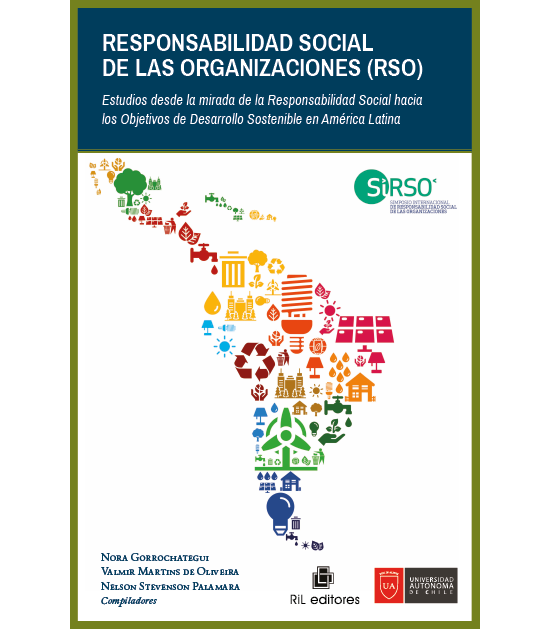Mostrar el registro sencillo del ítem
Carina High-contrast Imaging Project for massive Stars (CHIPS): I. Methodology and proof of concept on QZ Car (HD 93206)
| dc.contributor.author | Rainot, Alan | |
| dc.contributor.author | Reggiani, Maddalena | |
| dc.contributor.author | Sana, Hugues | |
| dc.contributor.author | Bodensteiner, Julia | |
| dc.contributor.author | Gómez González, Carlos Alberto | |
| dc.contributor.author | Absil, Olivier | |
| dc.contributor.author | Christiaens, Valentin | |
| dc.contributor.author | Delorme, Phillippe | |
| dc.contributor.author | Almeida, Leonardo Andrade | |
| dc.contributor.author | Caballero-Nieves, Saida M. | |
| dc.contributor.author | de Ridder, Joris | |
| dc.contributor.author | Kratter, Kaitlin M. | |
| dc.contributor.author | Lacour, Sylvestre | |
| dc.contributor.author | Le Bouquin, Jean Baptiste | |
| dc.contributor.author | Pueyo, Laurent A. | |
| dc.contributor.author | Zinnecker, Hans | |
| dc.date.accessioned | 2020-09-09T15:13:35Z | |
| dc.date.available | 2020-09-09T15:13:35Z | |
| dc.date.issued | 2020-07-31 | |
| dc.identifier | 10.1051/0004-6361/201936448 | |
| dc.identifier.issn | 00046361 | |
| dc.identifier.uri | https://hdl.handle.net/20.500.12728/6745 | |
| dc.description.abstract | Context. Massive stars like company. However, low-mass companions have remained extremely difficult to detect at angular separations (ρ) smaller than 1″ (approx. 1000-3000 au, considering the typical distance to nearby massive stars) given the large brightness contrast between the companion and the central star. Constraints on the low-mass end of the companions mass-function for massive stars are needed, however, for helping, for example, to distinguish among the various scenarios that describe the formation of massive stars. Aims. With the aim of obtaining a statistically significant constraint on the presence of low-mass companions beyond the typical detection limit of current surveys (Δmag 5 at ρ 1″), we initiated a survey of O and Wolf-Rayet stars in the Carina region using the Spectro-Polarimetric High-contrast Exoplanet REsearch (SPHERE) coronagraphic instrument on the Very Large Telescope (VLT). In this, the first paper of the series, we aim to introduce the survey, to present the methodology and to demonstrate the capability of SPHERE for massive stars using the multiple system QZ Car. Methods. We obtained VLT-SPHERE snapshot observations in the IRDIFS_EXT mode, which combines the IFS and IRDIS sub-systems and simultaneously provides us four-dimensional (4D) data cubes in two different fields-of-view: 1.73″ × 1.73″ for IFS (39 spectral channels across the YJH bands) and 12″ × 12″ for IRDIS (two spectral channels across the K band). Angular- and spectral-differential imaging techniques as well as PSF-fitting were applied to detect and measure the relative flux of the companions in each spectral channel. The latter were then flux-calibrated using theoretical SED models of the central object and compared to a grid of ATLAS9 atmosphere model and (pre-)main-sequence evolutionary tracks, providing a first estimate of the physical properties of the detected companions. Results. Detection limits of 9 mag at ρ > 200 mas for IFS, and as faint as 13 mag at ρ > 1. ″8 for IRDIS (corresponding to sub-solar masses for potential companions), can be reached in snapshot observations of only a few minutes integration times, allowing us to detect 19 sources around the QZ Car system. All but two are reported here for the first time. With near-IR magnitude contrasts in the range of 4 to 7.5 mag, the three brightest sources (Ab, Ad, and E) are most likely to be physically bound. They have masses in the range of 2 to 12 M and are potentially co-eval with QZ Car central system. The remaining sources have flux contrast of 1.5 × 10 5 to 9.5 × 10 6 (ΔK ≈ 11 to 13 mag). Their presence can be explained by the local source density and they are, thus, likely to be chance alignments. If they were members of the Carina nebula, they would be sub-solar-mass pre-main sequence stars. Conclusions. Based on this proof of concept, we show that the VLT/SPHERE allows us to reach the sub-solar mass regime of the companion mass function. It paves the way for this type of observation with a large sample of massive stars to provide novel constraints on the multiplicity of massive stars in a region of the parameter space that has remained inaccessible so far. | es_ES |
| dc.language.iso | en | es_ES |
| dc.publisher | EDP Sciences | es_ES |
| dc.subject | Binaries | es_ES |
| dc.subject | Close | es_ES |
| dc.subject | early-type | es_ES |
| dc.subject | high angular resolution | es_ES |
| dc.subject | individual | es_ES |
| dc.subject | massive | es_ES |
| dc.subject | QZ Car | es_ES |
| dc.subject | Stars | es_ES |
| dc.subject | Techniques | es_ES |
| dc.subject | visual | es_ES |
| dc.title | Carina High-contrast Imaging Project for massive Stars (CHIPS): I. Methodology and proof of concept on QZ Car (HD 93206) | es_ES |
| dc.type | Article | es_ES |


